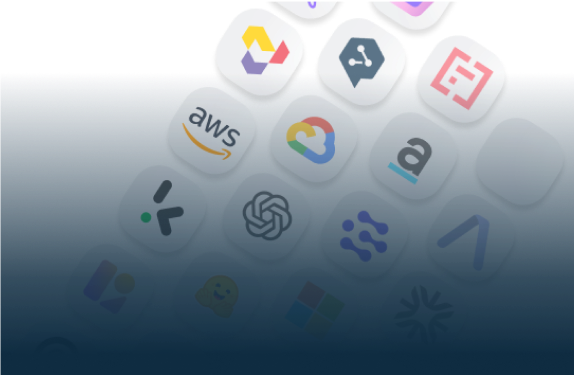
Start Your AI Journey Today
- Access 100+ AI APIs in a single platform.
- Compare and deploy AI models effortlessly.
- Pay-as-you-go with no upfront fees.
This article guides you through using Eden AI’s label detection API to analyze videos. It covers the two-step process of launching and retrieving results, along with managing jobs by listing and deleting them.

Label Detection is a key task in video and image analysis that involves identifying and categorizing elements within each frame such as objects, people, animals, or landmarks.
This helps with content tagging, indexing, and search optimization. In this tutorial, we’ll show you how to implement label detection using Python and the Eden AI API.
With just a few lines of code, you can run label detection and extract meaningful insights from visual content.

Label detection automatically identifies and categorizes objects, people, and scenes in videos or images. It assigns labels like animals, buildings, or landmarks to visual elements, making content easier to search, organize, and analyze.
1. Sign up: Visit Eden AI and create an account for free to get started. Once registered, navigate to the API section to find your personal API key which gives you access to a wide range of AI services, including Label Detection.

2. Navigate to Video Technologies – Log in and head to the Video Technologies section.
3. Select Label Detection– From there, select the Label Detection option.
Eden AI lets you experiment with various AI models before integration, making it easy to compare and choose the provider that best fits your needs.
Before we start, make sure you have the requests module installed. This module allows your Python script to make HTTP requests to APIs like Eden AI.
This module is required to send HTTP requests to the Eden AI API.
The label detection API in Eden AI is asynchronous, meaning it works in two stages:
This two-phase system is essential for processing larger media files, which can take time to analyze. Instead of waiting for the process to finish in a single request, the async model allows you to start the job and check back later.
This part of the code sends a request to Eden AI to start the label detection job.
Once your job is submitted and processed, retrieve the results using the public_id.
Here’s an example of what the response might look like:
For better management of your label detection tasks, Eden AI provides additional optional steps:
GET Request:
https://api.edenai.run/v2/video/label_detection_async/
This step allows you to retrieve a list of all jobs launched for label detection. Using the unique ID of each job, you can check its status and results. You can check the full documentation here.
DELETE Request:
https://api.edenai.run/v2/video/label_detection_async/
This endpoint allows you to delete jobs, providing an easy way to manage and clean up completed or unnecessary tasks. You can check the full documentation here.
By leveraging these optional steps, you can more effectively manage and track your label detection jobs.
Eden AI offers a robust Label Detection solution with several advantages.

Eden AI allows you to compare and use multiple providers like Google and Amazon at once.
Eden AI simplifies the integration of label detection into your applications with clear and straightforward Python code examples.
The Eden AI platform prioritizes data security and privacy, ensuring that your image data is handled securely.
Label detection adds powerful visual intelligence to your applications, and Eden AI makes it easy.
With just a few lines of Python and a simple two-step process, you can analyze video content using top AI providers like Google and Amazon.
Eden AI’s unified API, asynchronous processing, and multi-provider flexibility make it an ideal solution for scalable, high-performance video analysis—whether you're working on media apps, security systems, or content moderation tools.


You can start building right away. If you have any questions, feel free to chat with us!
Get startedContact sales